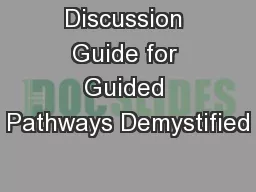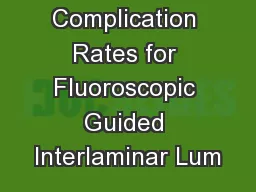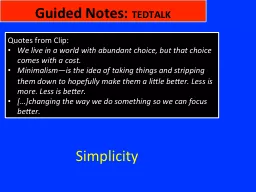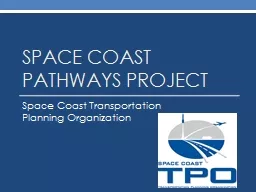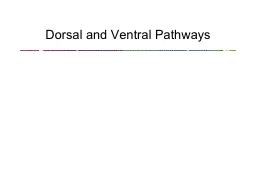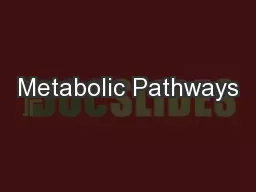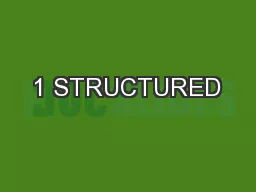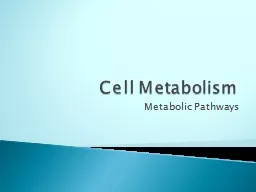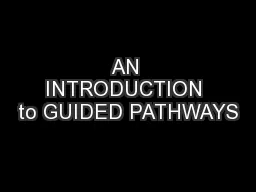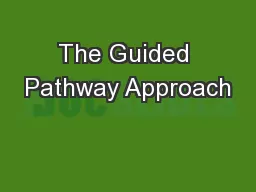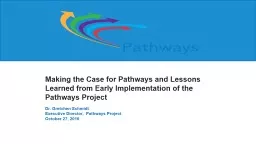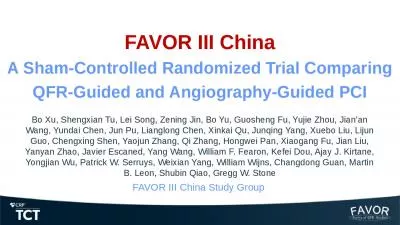PPT-Discussion Guide for Guided Pathways Demystified
Author : ellena-manuel | Published Date : 2018-03-23
1 Dr Rob Johnstone January 2016 Demystifying Guided Pathways Exploring Ten Commonly Asked Questions about Implementing Pathways Demystifying Guided Pathways
Presentation Embed Code
Download Presentation
Download Presentation The PPT/PDF document "Discussion Guide for Guided Pathways Dem..." is the property of its rightful owner. Permission is granted to download and print the materials on this website for personal, non-commercial use only, and to display it on your personal computer provided you do not modify the materials and that you retain all copyright notices contained in the materials. By downloading content from our website, you accept the terms of this agreement.
Discussion Guide for Guided Pathways Demystified: Transcript
Download Rules Of Document
"Discussion Guide for Guided Pathways Demystified"The content belongs to its owner. You may download and print it for personal use, without modification, and keep all copyright notices. By downloading, you agree to these terms.
Related Documents

